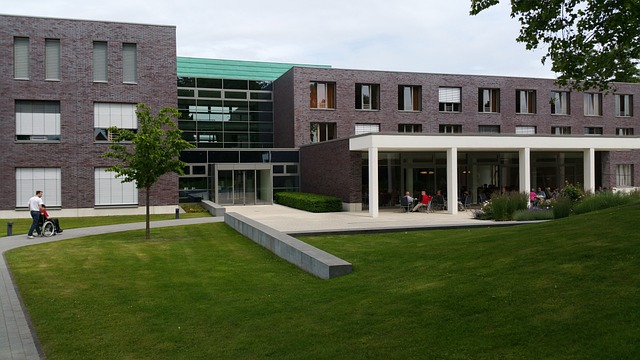It’s time to get assistance when substance usage negatively impacts your life and the lives of those close to you. By seeking treatment for your addiction at a drug rehab facility, you can get expert assistance from drug recovery facilities like Pinnacle Recovery Center to stop using drugs and start creating or restarting living a productive life.
Inpatient Treatment
There are several important differences between inpatient and outpatient drug rehab treatment. For one thing, inpatient rehab involves staying overnight in a treatment facility, whereas outpatient rehab requires the patient to remain at home. While both methods offer excellent care, outpatient rehab is often cheaper, and patients can continue living their normal lives while undergoing treatment.
However, the main benefit of outpatient care is the freedom it allows patients to remain in their homes while receiving treatment. On the other hand, inpatient treatment is that patients have time to focus on their recovery without the distractions of everyday life. Because inpatient care focuses on healing and self-care, an individual will be less likely to fall back into drug and alcohol addiction. Moreover, inpatient care also provides a structured and safe environment.
Another difference between inpatient and outpatient rehab treatment is that inpatient rehab requires a 24-hour staff, including a doctor and a mental health counselor. The inpatient care duration depends on the individual’s needs, history of addiction, and external circumstances. However, most inpatient programs last for at least 30 days.
Peer Support
Peer support can be very helpful in helping addicts overcome their addiction. A peer support group offers people in rehab a chance to share their experiences and motivate others to recover from addiction. It can also help the addict realize that they are not alone. It is important because peer supporters can provide more insightful advice than doctors.Peer support is often confrontational but very helpful in the treatment process.
Addiction is a difficult condition to admit, and it is easy to fall into a state of denial and resist the help of others. A peer support group can help the addict acknowledge that their behavior is unhealthy and will only worsen the problem.
Peer support in drug rehab is one of the best ways to help an addict overcome their addiction. While 12-step programs can help, they aren’t the only options. A customized treatment plan combines different forms of treatment to ensure the best results. Peer support can also be helpful outside of the traditional 12-step program environment.
Exercise
Exercise has a powerful motivating effect on those battling an addiction and is an essential part of the recovery process. It takes time and intentional effort, but it is essential to living a sober and independent life after rehab. A regular physical exercise program will help people learn to cope with cravings and add structure to their day. It can also help them form positive social connections.
Exercise can help addicts in many ways, reducing their cravings for drugs. It triggers the release of endorphins, the brain chemicals that give us a feel-good feeling. This natural high can curb your desire for drugs and reduce your behavior. Regular exercise can also improve your mood, which can be detrimental in the early stages of recovery. Early on, people who struggle with addiction often suffer from depression, which has been known to trigger a relapse.
Exercise is a great way to relieve stress and build self-confidence. Exercise also increases endorphin levels, a natural reward for the brain. Substance abuse destroys these natural pathways and replaces them with the need to use more. Regular exercise also boosts self-confidence and motivation, which can help an addict resist cravings and urges for drugs. Make sure to start a regular exercise program that matches your body and your recovery goals.
Also Find a Rehab in Centennial
Structured Routine
A drug rehab program offers structure, which helps addicts set short-term and long-term goals to work towards in recovery. In addition to setting short-term goals, the program encourages the development of daily practices and habits to promote a healthy lifestyle. The addicts in rehab can apply these routines outside the rehab program and continue these efforts at home.
The structure also prevents boredom, which can be a triggering factor for relapse. The feeling of aimlessness can be enough to encourage someone to use drugs or alcohol to pass the time. In the long run, this can be a dangerous dynamic for a person in recovery.
Moreover, a structured approach to drug rehab enables a patient to develop new coping mechanisms instead of old ones. New thought patterns are developed to strengthen the will to fight addiction and to help the addict cope with the outside world. This process aims to improve the addict’s perspective on life and prevent him from falling into old patterns that may trigger a relapse.
